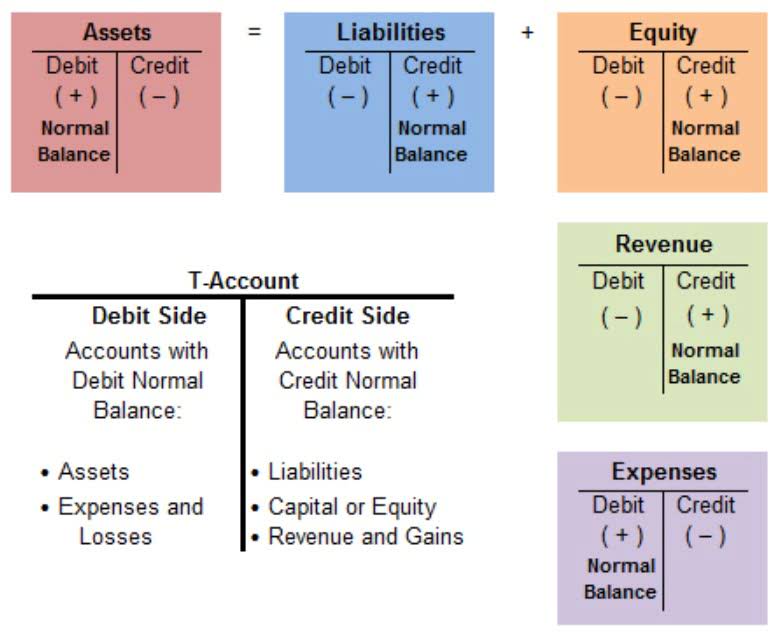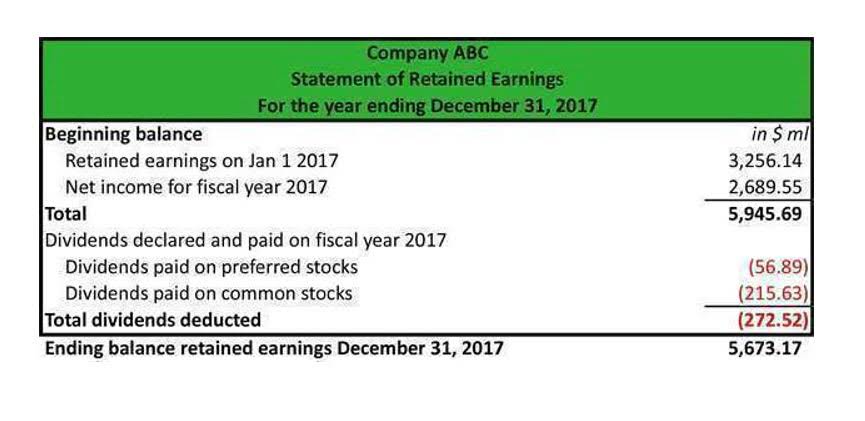What Is a Statement of Shareholder Equity?

It will contain the date, the account name and amount to be debited, and the account name and amount to be credited. Each journal entry must have the dollars of debits equal to the dollars of credits. If a supplier sold merchandise to a company on credit, the supplier is a creditor. Although the 2-for-1 stock split is typical, directors may authorize other stock split ratios, such as a 3-for-2 stock split or a 4-for-1 stock split. Total liabilities represent the sum of current and non-current liabilities. Current liabilities are obligations that are due or will become payable in the next 12 months.
What is the Statement of Stockholders’ Equity?
After a 2-for-1 stock split, the same stockholder still owns just 1% of the corporation (2,000 ÷ 200,000). Before the split, 1,000 shares at $80 each totaled $80,000; after the split, 2,000 shares at $40 each still totals $80,000. After the 25 shares of treasury stock are sold, the balance in Treasury Stock becomes a debit of $900 (45 shares at their cost of $20 per share). The Paid-in Capital from Treasury Stock now shows a credit balance of $170.
- The cost of equity is another vital measure to evaluate when analyzing a shareholders equity statement.
- Its current liabilities, which included accounts payable, deferred revenue, and most debt, amounted to $137.3 billion.
- Stockholders’ equity is a financial indicator that reflects the value of the assets and liabilities on a company’s balance sheet.
- If stockholders want to sell their stock, they must find a buyer usually through the services of a stockbroker or an online app.
Is Stockholders’ Equity Equal to Cash on Hand?

However, some states allow corporations to issue shares with Bookstime no par value. If a state requires a par value, the value of common stock is usually an insignificant amount that was required by state laws many years ago. If the common stock has a par value, then whenever a share of stock is issued the par value is recorded in a separate stockholders’ equity account in the general ledger. Any proceeds that exceed the par value are credited to another stockholders’ equity account.
- These earnings, reported as part of the income statement, accumulate and grow larger over time.
- In both prosperous and challenging times, small business owners must understand how their business is faring over a specific period.
- Some corporations also issued preferred stock and those corporations will have both common stockholders and preferred stockholders.
- Financial health can be understood by analyzing the statement of equity as it gives a broad picture of the performance.
- This is an account on a company’s balance sheet that consists of the cumulative amount of retained earnings, contributed capital, and occasionally other comprehensive income.
A statement of shareholder equity can tell you how well you’re running your business.
These components collectively help to evaluate a company’s equity, allowing anyone to get an understanding of the company’s health and performance. Individual or institutional investors review these aspects in detail when making their investment decisions, while company management also uses this as a tool for strategic planning and decision-making. As a result, a thorough understanding of these components and their implications is essential for anyone involved in or interested in the business. Because the number of shares is reduced in buybacks, shareholders’ equity generally declines. Simple math then tells us that Apple’s shareholders’ equity came to roughly $56.7 billion, a figure that the company repeated on the last page. It captures the unrealized gains and losses that are not reported in the income statement.
Cash Flow Statement: Breaking Down Its Importance and Analysis in Finance
For example, the most successful brand names and logos of a consumer products company may have been developed in-house. Since they were not purchased, their high market values are not included in the corporation’s assets. Other long-term assets may have appreciated in value while the accountant was depreciating them.

When it comes to dividends and liquidation, the owners of preferred stock have preferential treatment over the owners of common stock. In other words, preferred stockholders receive their dividends before the trial balance common stockholders receive theirs. If the corporation does not declare and pay the dividends to preferred stock, there cannot be a dividend on the common stock.
Why You Can Trust Finance Strategists

Nowhere on the stock certificate is it indicated what the stock is worth (or what price was paid to acquire it). In a market of buyers and sellers, the current value of any stock fluctuates moment-by-moment. Any change in the Common Stock, Retained Earnings, or Dividends accounts affects total stockholders’ equity, and those changes are shown on the statement of stockholder’s equity. The statement of shareholders equity plays a significant role in corporate governance.
Statement Of Stockholders’ Equity
It helps to understand the business’s performance, financial health, and the company’s decisions in terms of share capital, dividend, etc. Statement of stockholder’s equity, often called the statement of changes in equity, is one of four general purpose financial statements and is the second financial statement prepared in the accounting cycle. This statement displays how equity changes from the beginning of an statement of stockholders equity accounting period to the end. Treasury shares continue to count as issued shares, but they are not considered to be outstanding and are thus not included in dividends or the calculation of earnings per share (EPS). Treasury shares can always be reissued back to stockholders for purchase when companies need to raise more capital.

